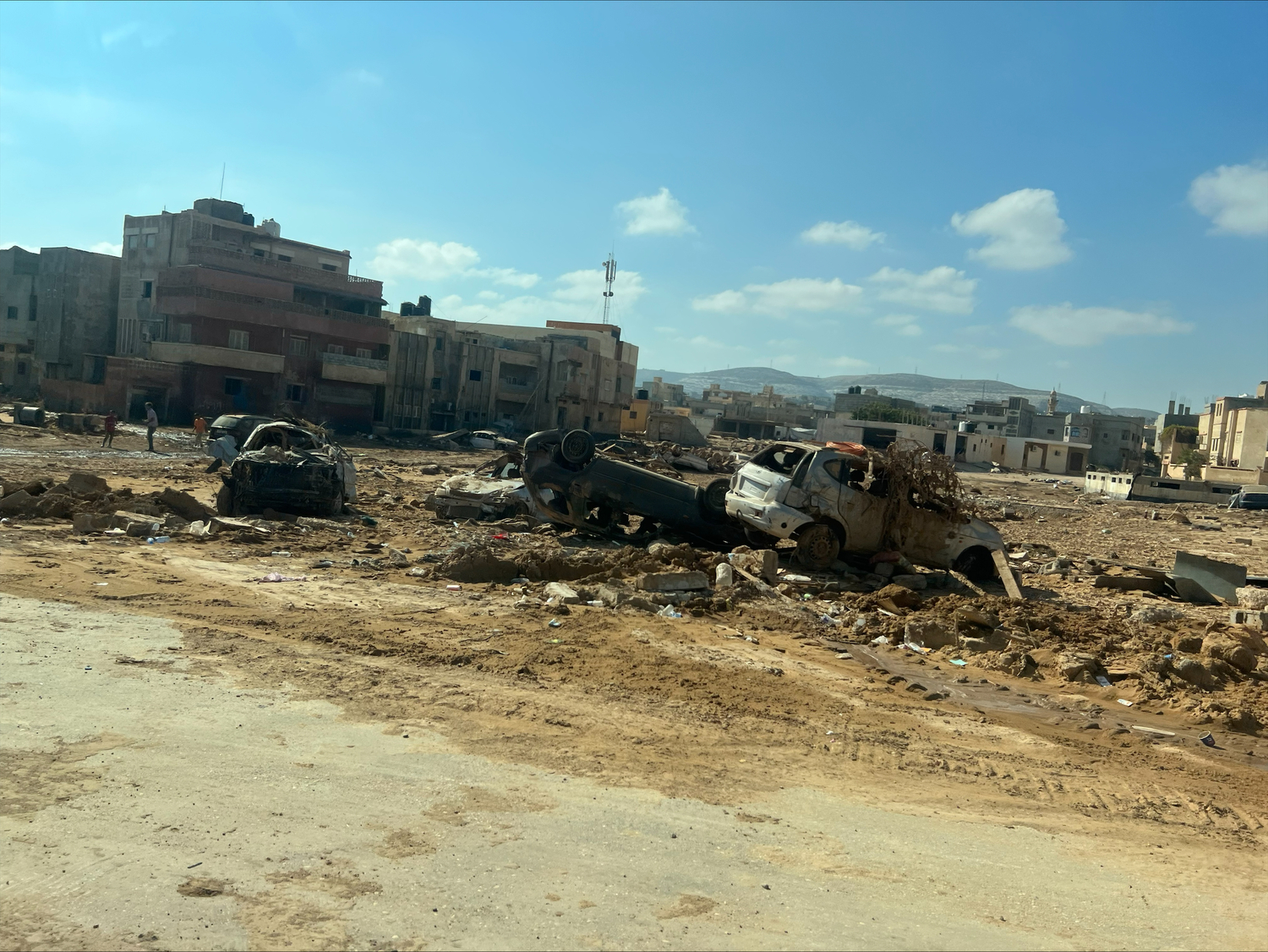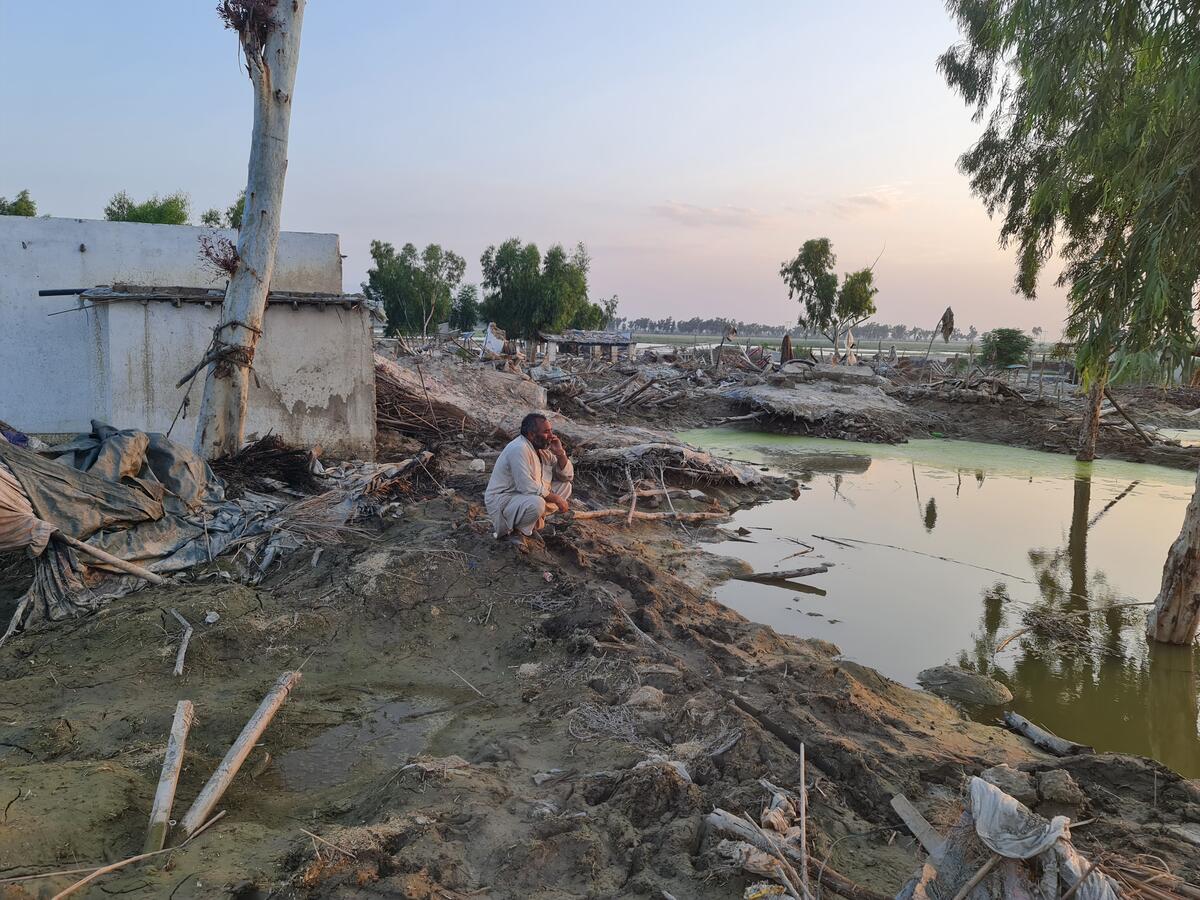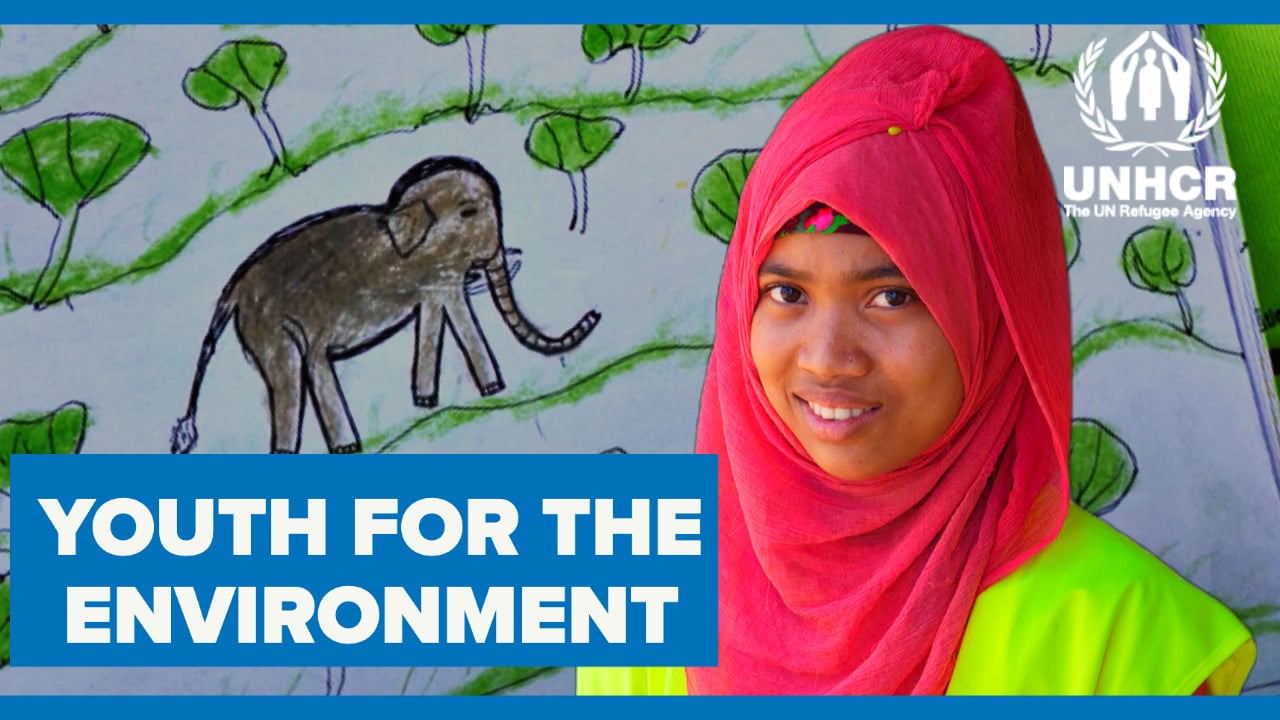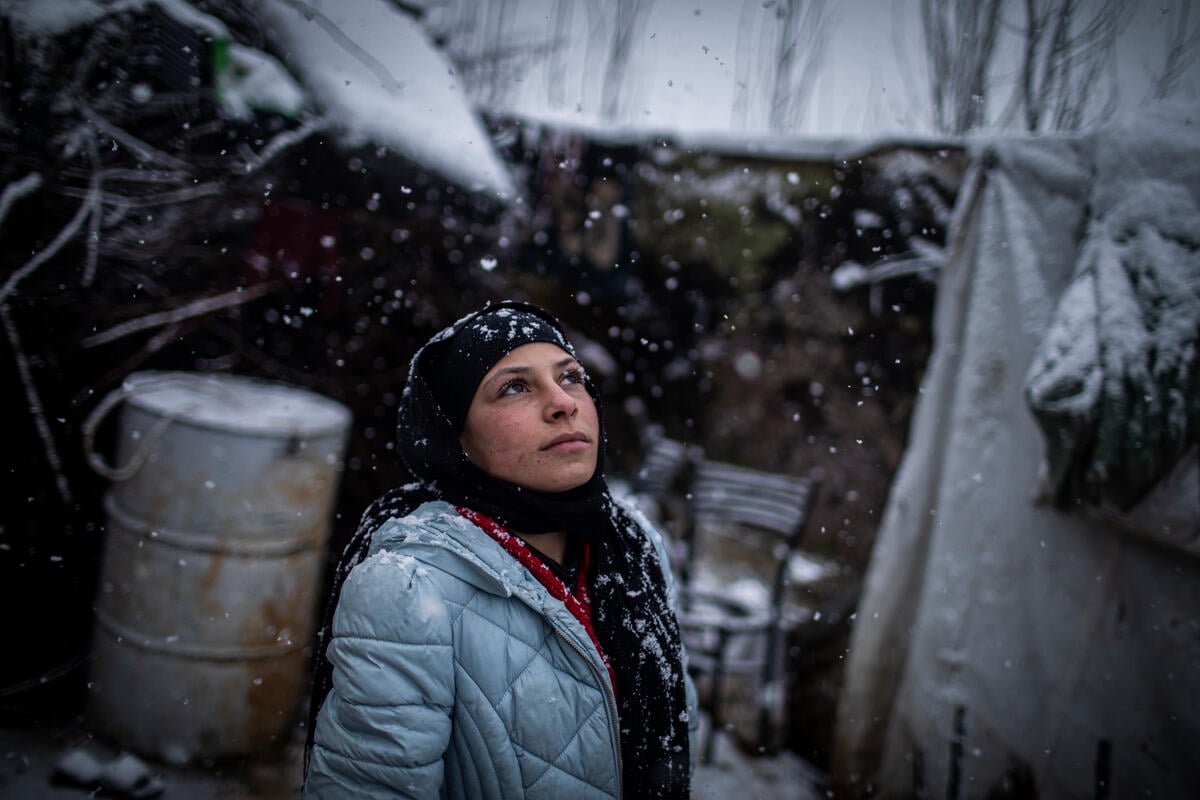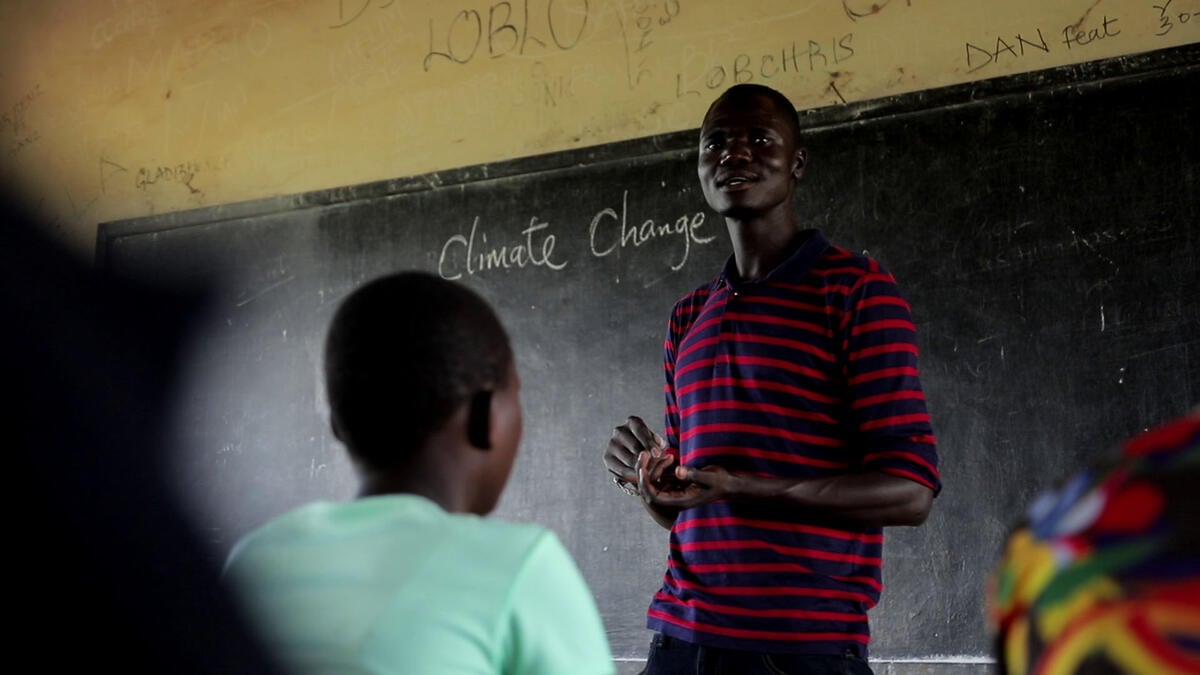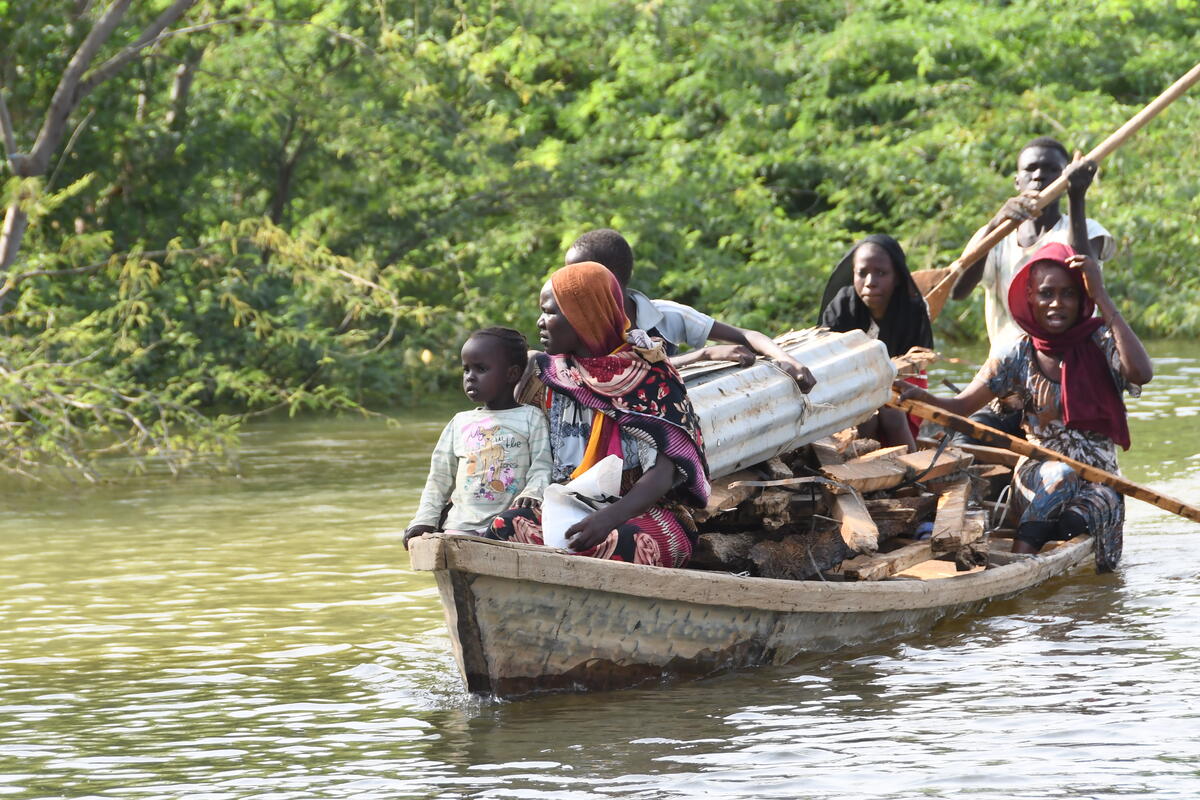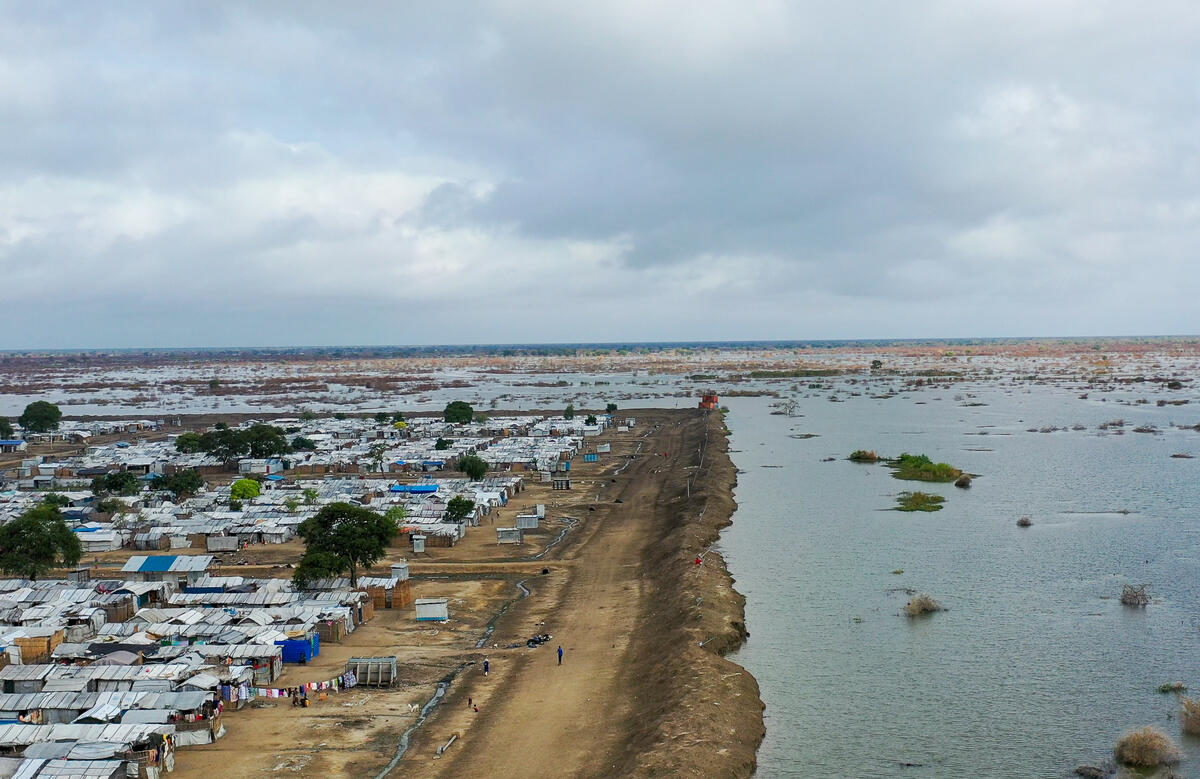Rohingya refugee settlements in Bangladesh weather record rains; relocation efforts in full swing
Rohingya refugee settlements in Bangladesh weather record rains; relocation efforts in full swing
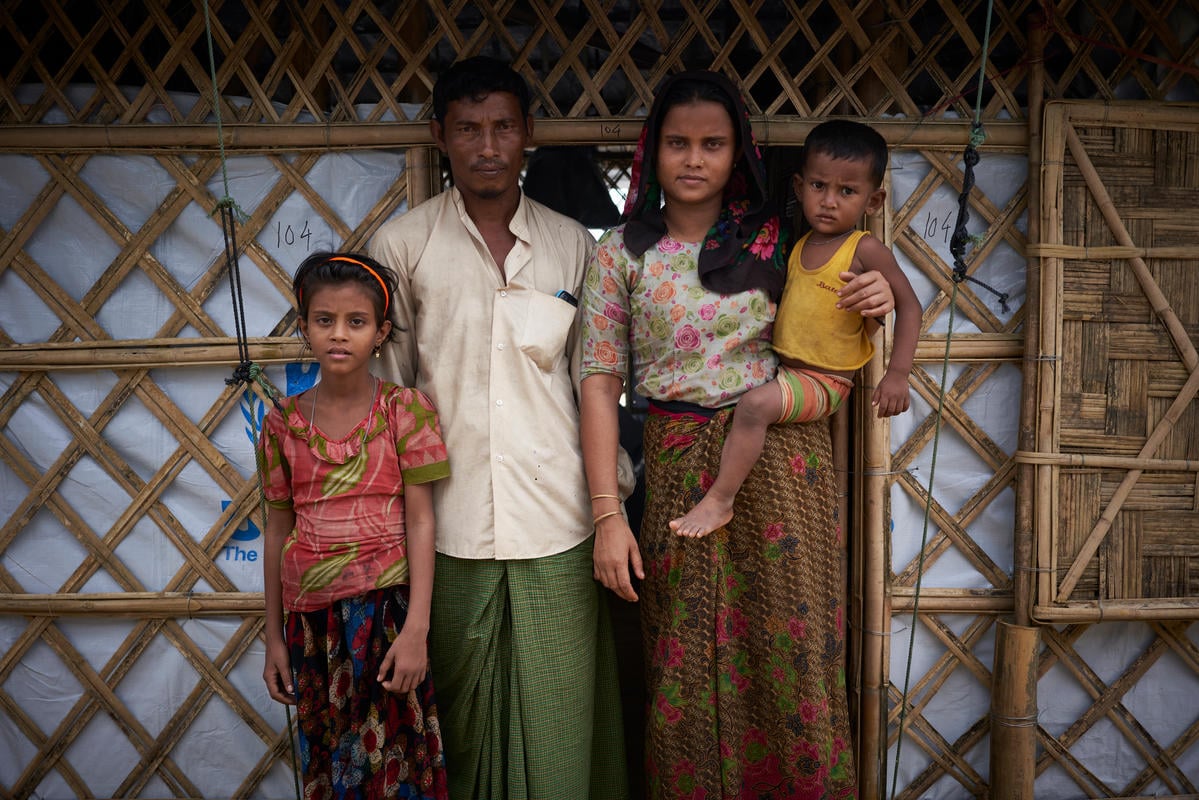
Amid one of the heaviest monsoon seasons in years in Cox’s Bazar area, UNHCR, the UN refugee agency, together with the Bangladeshi authorities and partners, is pressing on with the relocation of thousands of Rohingya refugee families at high risk of landslides and floods. To date, nearly 24,000 of these refugees have been moved – more than half of an estimated 41,000 deemed to be in greatest need of relocation to the safer areas.
The toughest trial of monsoon preparedness measures and emergency response came at the end of July, with the heaviest monsoon downpours thus far across Cox’s Bazar district (around 463 mm of rain fell on 25 July alone). The rainfall in both June and July was over 1,000 mm. This is more than half of the average annual rainfall for this area and a striking departure from the long term monthly average rainfall which is 500 mm for June and 600 mm for July.
The refugee settlements have largely weathered the storms, proving the value of months of mitigation efforts.
However, since 11 May, an estimated 49,000 refugees affected by adverse weather – more than 25,000 by strong winds and storms, over 15,000 have been affected by landslides, another 5,400 by flooding. Water-logging and fires affected over 3,000 refugees so far.
Dozens of life-threatening and other incidents are averted daily through swift action. UNHCR and partners, working in support of Bangladeshi-led efforts, quickly mobilised emergency response teams to support and urgently assist thousands of weather-stricken refugee families. Hundreds of trained refugee volunteers, including Community Outreach Members, Safety Unit Volunteers, and Community Health Workers, were mobilized and provided support. The training provided to these volunteers in the past months was put to the test to the full extent over the past weeks and their response and actions demonstrated cohesion, spirit, organisation and coordination.
These activities go hand in hand with continuing intense efforts to ensure the massive refugee settlements can cope with the adverse weather. The scale is immense as for example Kutupalong refugee settlement, shelters more than 600,000 refugees on 13 square kilometres and it is today the largest such settlement in the world. So far 32 kilometres of roads have been constructed (including brick roads, footpaths and the main logistics road through Kutupalong site built by the Bangladeshi Armed Forces); 45 kilometres of steps; 63 kilometres of retaining walls and structures; 94 kilometres of drainage completed or repaired; 2,324 meters of bridges. We have also strategically prepositioned 116 storage containers with emergency aid and upgraded 20 community buildings and facilities in the Bangladeshi host communities.
Eleven months into the Rohingya refugee crisis, the humanitarian response in Bangladesh remains focused on meeting the massive humanitarian needs and on mitigating the impact of the monsoons. Additional international support is needed to step up the assistance from purely humanitarian and day-to-day support towards addressing medium-term challenges.
To date, the UN’s Joint Response Plan for the Rohingya refugee situation in Bangladesh is only 32 per cent funded. UNHCR is grateful for the generous support of multilateral, state and private donors so far, but more funds are urgently needed to support refugees and their host communities in Bangladesh.
For more information on this topic, please contact:
- In Cox’s Bazar, Firas Al-Khateeb, [email protected], +880 1885 934 309
- In Bangkok, Keane Shum, [email protected], +66 922 75 25 85
- In Geneva, Andrej Mahecic, [email protected], +41 79 642 97 09

